Happy Sunday and welcome back to Giselle daydreams! Today, I decided to write about one of my favourite houses in London, Leighton House. This is truly a hidden gem, and I like to nickname it the Oriental Fantasy House.
Leighton House in London is a fantastic museum dedicated to the life and work of the renowned Victorian artist Lord Frederic Leighton (1830–1896). Located in Holland Park, this historic house museum offers a glimpse into the luxurious and artistic world of the 19th century. The building itself is a masterpiece, combining Moorish, Islamic, and classic Victorian design elements that Leighton passionately incorporated into his home.
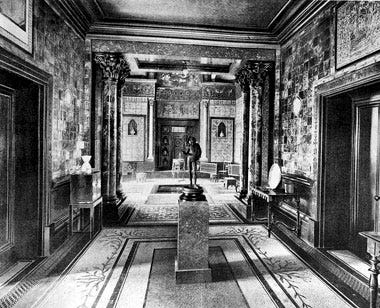
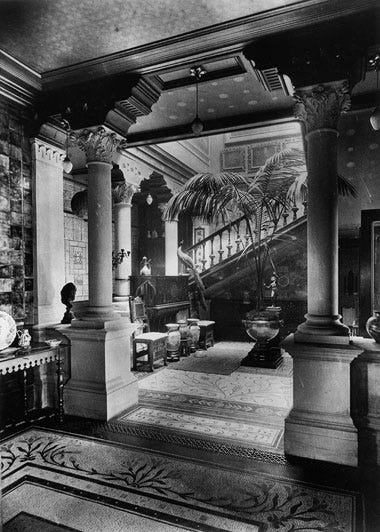
Leighton House is renowned for its exquisite design and was built in phases, starting in 1864. Leighton House stands as a testament to Victorian art and Leighton’s vision, embodying his worldly inspirations and dedication to beauty and artistic expression. Leighton designed Leighton House not just as a home but as an artistic retreat, carefully curating each space to reflect his travels, influences, and passions. The house’s opulent and eclectic design was unusual for a Victorian home, especially for a bachelor’s residence, and was built in stages over 30 years to achieve his unique vision. The original structure was relatively modest, but over the next three decades, Leighton added lavish features, including the Arab Hall and the Narcissus Hal, built between 1877–1881.
Upon entering, visitors are greeted by the grand entrance hall, which has a sweeping staircase adorned with mosaics and intricate woodwork leading to the upper floors of the house. Its walls are adorned with works by Pre-Raphaelite artists and other Victorian painters, immersing visitors in a gallery-like setting as they ascend. The hall’s richly decorated walls and floors set the tone for the opulence and unique character of the rest of the house.
Named after the Narcissus statue at its centre, the Narcissus Hall acts as a beautiful passageway that bridges the Arab Hall with the rest of the house. The hall is adorned with marble floors and intricate blue and white tilework, a marble fountain, and reflective surfaces that play with light setting an elegant tone as visitors transition from the entrance to the main rooms. It also adds a luxurious and theatrical atmosphere to the house.
The highlight of Leighton House is the Arab Hall, inspired by Leighton’s travels in the Middle East. Leighton’s fascination with Islamic art and architecture drove him to create this room as a homage to the beauty he encountered abroad. This breathtaking room showcases an array of over 1,000 tiles Islamic tiles—some from Damascus and over 400 years old and many of which are genuine Iznik ceramics dating back to the 16th and 17th centuries —a stunning gold dome, marble columns, fountains, and mosaics. Lord Leighton personally acquired these during his travels in the Middle East. Some tiles were also sourced from Damascus and other parts of the Ottoman Empire
.The gold-domed ceiling of the Arab Hall was inspired by the 12th-century Palatine Chapel (Cappella Palatina) in Palermo, Sicily and is one of the most breathtaking features of the house. The dome is covered in delicate gold leaf that catches light and glows. This intricate detail was intended to evoke a sense of luxury and reverence, similar to Middle Eastern domes Leighton encountered on his travels.
The mosaic floor of the Arab Hall, though stunning, contains a deliberate "flaw." This practice, common in Middle Eastern art, reflects the belief that only divine creations can be perfect. The hall’s walls are covered with intricately patterned Iznik tiles imported from Turkey, and it features a central fountain and a domed ceiling with gold mosaics. The room combines Islamic, Byzantine, and classical influences, creating a serene, almost otherworldly atmosphere. The intricate designs and exotic elements throughout the house reflect Lord Leighton’s extensive travels to places like Turkey, Egypt, and Syria. Lord Leighton sought to capture the rich cultural heritage of the Mediterranean and Middle East in his designs to create an immersive and exotic space within his home, as he was captivated by the art and architecture of these regions. Many Victorian artists were also fascinated with Middle Eastern design.
Many windows and doors in Leighton House feature stained glass and mosaics, particularly in the Arab Hall and the Staircase Hall. These elements were created by skilled artisans to match Leighton’s aesthetic vision and are examples of the fine craftsmanship that Victorian artists valued. Leighton House also features intricate decorative elements, including murals and painted friezes, that were created by Leighton and other leading artists of the period. Notable pieces include Leighton's Clytie frieze and the ceiling mural in the staircase, which reflects classical and Renaissance influences.
Lord Leighton’s connections with the Pre-Raphaelite Brotherhood are evident in the style, colour palette, and subject matter of his work. While Leighton was not officially part of the Pre-Raphaelite Brotherhood, his work and home reflect their ideals, including a love for beauty, craftsmanship, and mythological themes. The house features works by contemporaries such as Edward Burne-Jones and George Frederic Watts, providing an important context for the Pre-Raphaelite movement and Victorian art.
Leighton's studio, where Leighton painted many of his masterpieces, is one of the few surviving purpose-built artist studios from the Victorian era. The studio’s expansive north-facing window and high ceilings were designed for optimal natural light, a cutting-edge feature at the time, tailored to enhance Leighton’s painting process. Easels, props, and artworks are arranged as they might have been during Leighton’s lifetime.
The house is filled with period furniture and Leighton’s personal artefacts, which offer insight into his tastes and lifestyle. The collection includes his letters, sketchbooks, and travel mementoes, helping visitors connect with him on a more personal level.
While most Victorian homes had a private bedroom upstairs, Leighton’s bedroom was accessible from his studio on the ground floor, hidden behind a discreet door. This unusual setup highlights his dedication to art; he could move directly from his studio to his resting space without interruption, keeping his creative environment close. A striking but little-known self-portrait of Lord Leighton hangs in the house. It is a rare piece where the artist turns the brush on himself, offering a glimpse of his introspection and personality.
Originally intended as a private sitting room, the Silk Room now serves as a gallery to display Leighton’s private art collection, including his work and the works of his contemporaries, including artists like Millais, Burne-Jones, and Watts. This offers an insight into Victorian art tastes and social circles. The room is lined with vibrant red silk, giving it a warm, intimate feel that contrasts with the cooler tones of other rooms. The red silk adorning the walls of the Silk Room was chosen to showcase paintings in the best possible light, enhancing the vibrancy of their colours. This choice was revolutionary at the time, as most Victorian homes used dark wallpapers.
The garden, though small, is beautifully landscaped and provides a peaceful outdoor space that contrasts with the ornate interior. The garden features a carved stone arch that is believed to have been part of an ancient structure. Its origins remain somewhat mysterious, but it reflects Leighton’s eclectic taste and interest in antiquity. It also includes plants and flowers popular in Victorian gardens. This outdoor space serves as a serene space for contemplation and is a hidden gem for visitors seeking a quiet moment amid the house’s opulence.
Frederic Leighton holds the distinction of being the first (and only) British artist to receive a peerage. He was knighted in 1878 and elevated to the peerage as Baron Leighton of Stretton in 1896, just a day before he died, making him the shortest-serving peer in British history. His peerage, however, became extinct upon his death, as he had no heirs.
Despite his status and wealth, Leighton never married and had no children. Upon his sudden death from a heart attack in 1896, he left no will. The house and its contents were sold, with some pieces going to the Royal Academy and other museums. Much of his art collection was dispersed, making Leighton House one of the few places where his spirit and vision remain intact.
Leighton House earned the nickname ‘The House Beautiful’ for its seamless blend of art, architecture, and design. This term was popularised by art critics and visitors who were awestruck by the house’s aesthetic and theatricality. It was a rare example of a home that functioned as a living work of art.
Leighton House stands as a testament to the Victorian era’s fascination with beauty, world cultures, and opulence. Each room in the house reflects Leighton’s artistic vision, and together, they create an experience of refined elegance and cultural fusion. Leighton House is truly a treasure trove of art, culture, and history, offering insights not only into Lord Leighton’s life and work but also into the Victorian era’s aesthetic ideals. The combination of Leighton’s personal art, his exotic interior design choices, and the sense of stepping back into the opulent world of Victorian London makes Leighton House an unforgettable experience.
FIN.






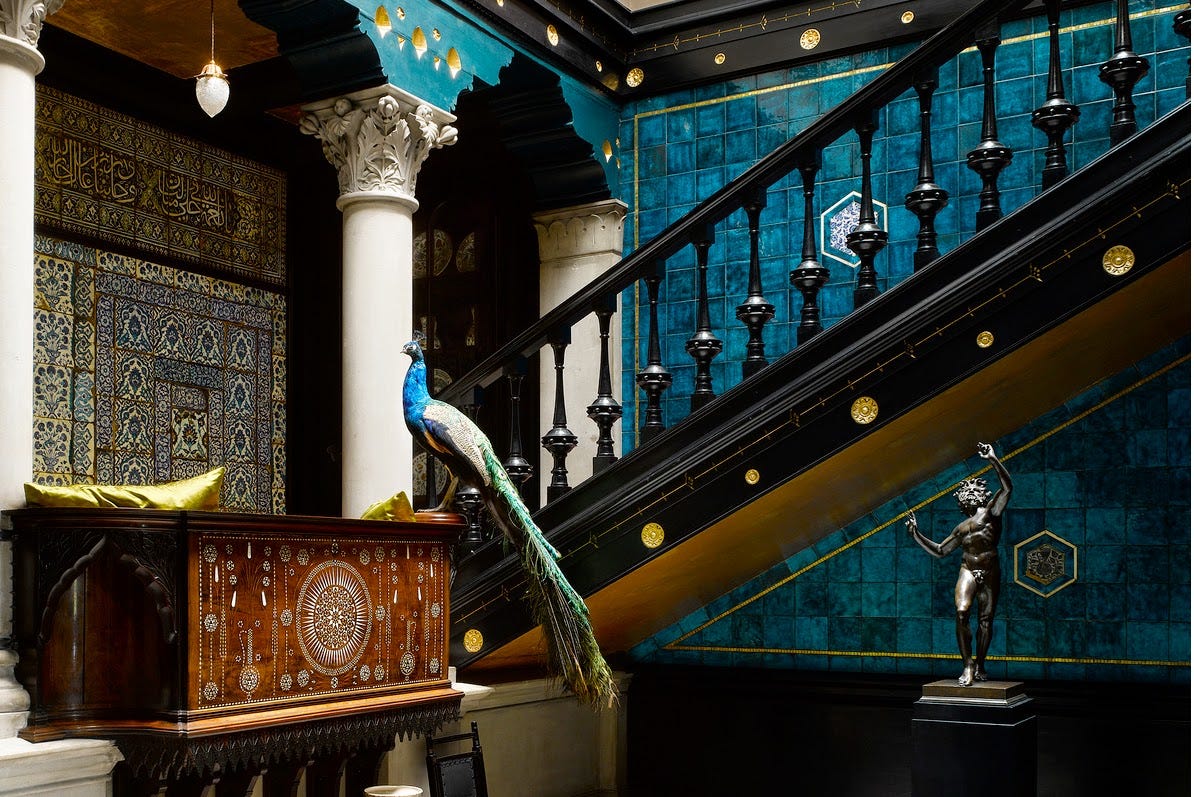
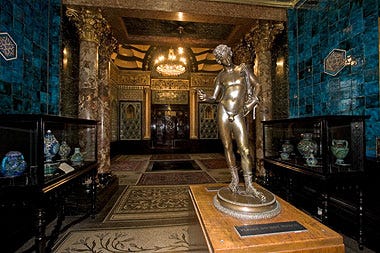
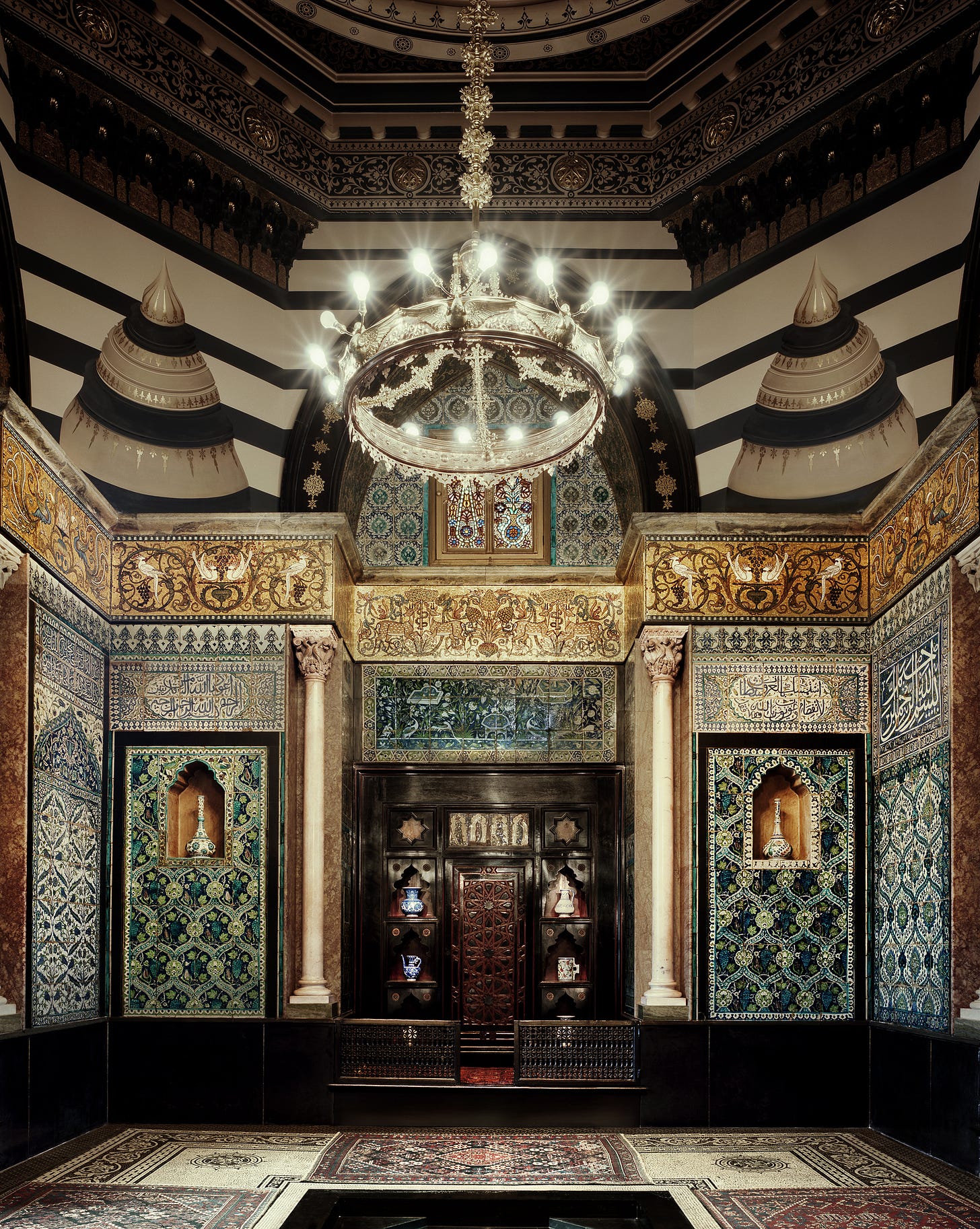
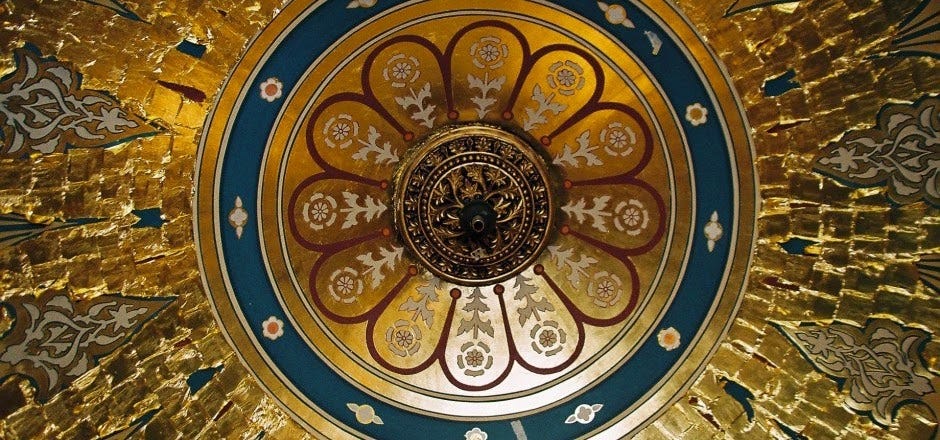
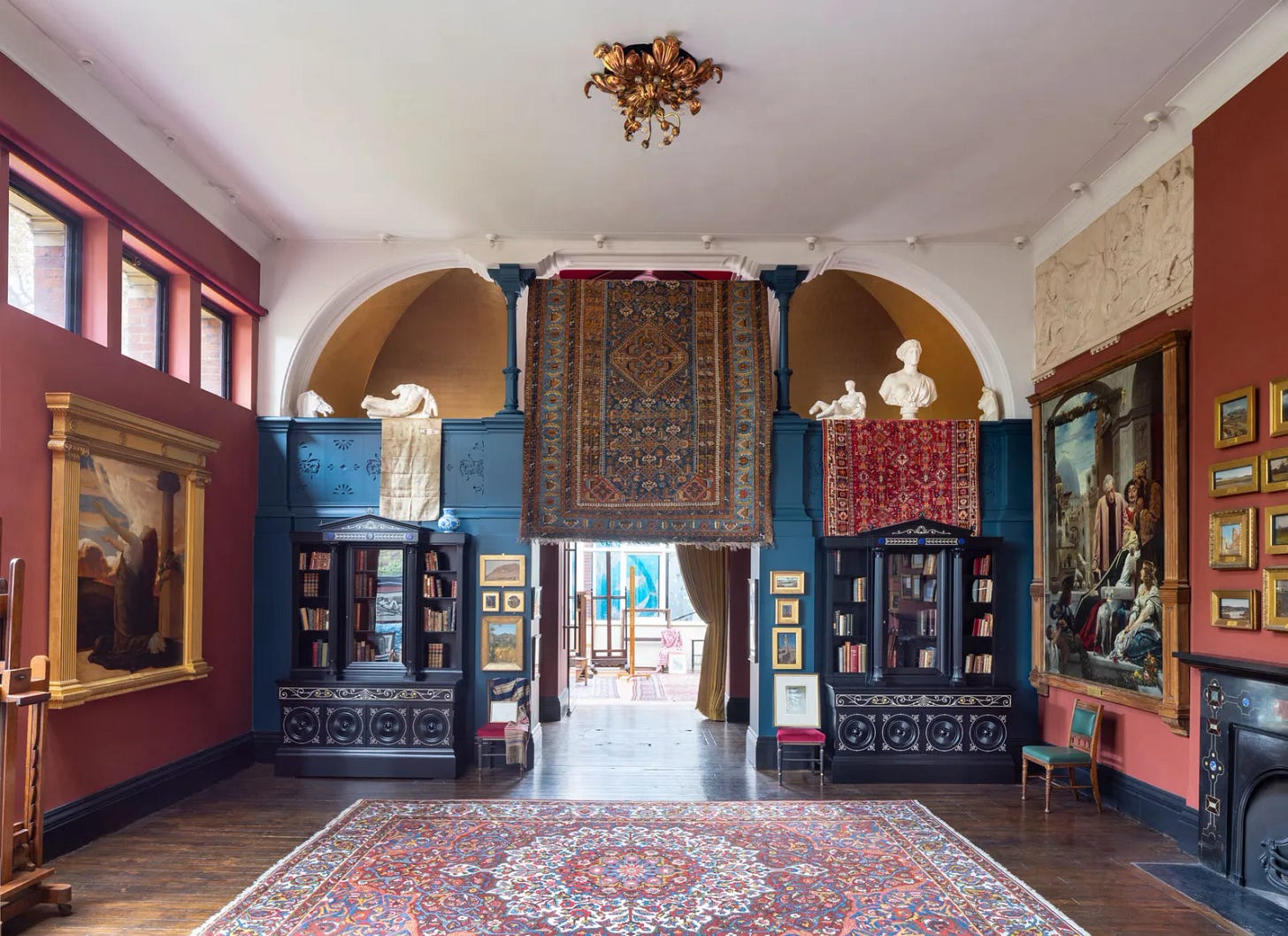
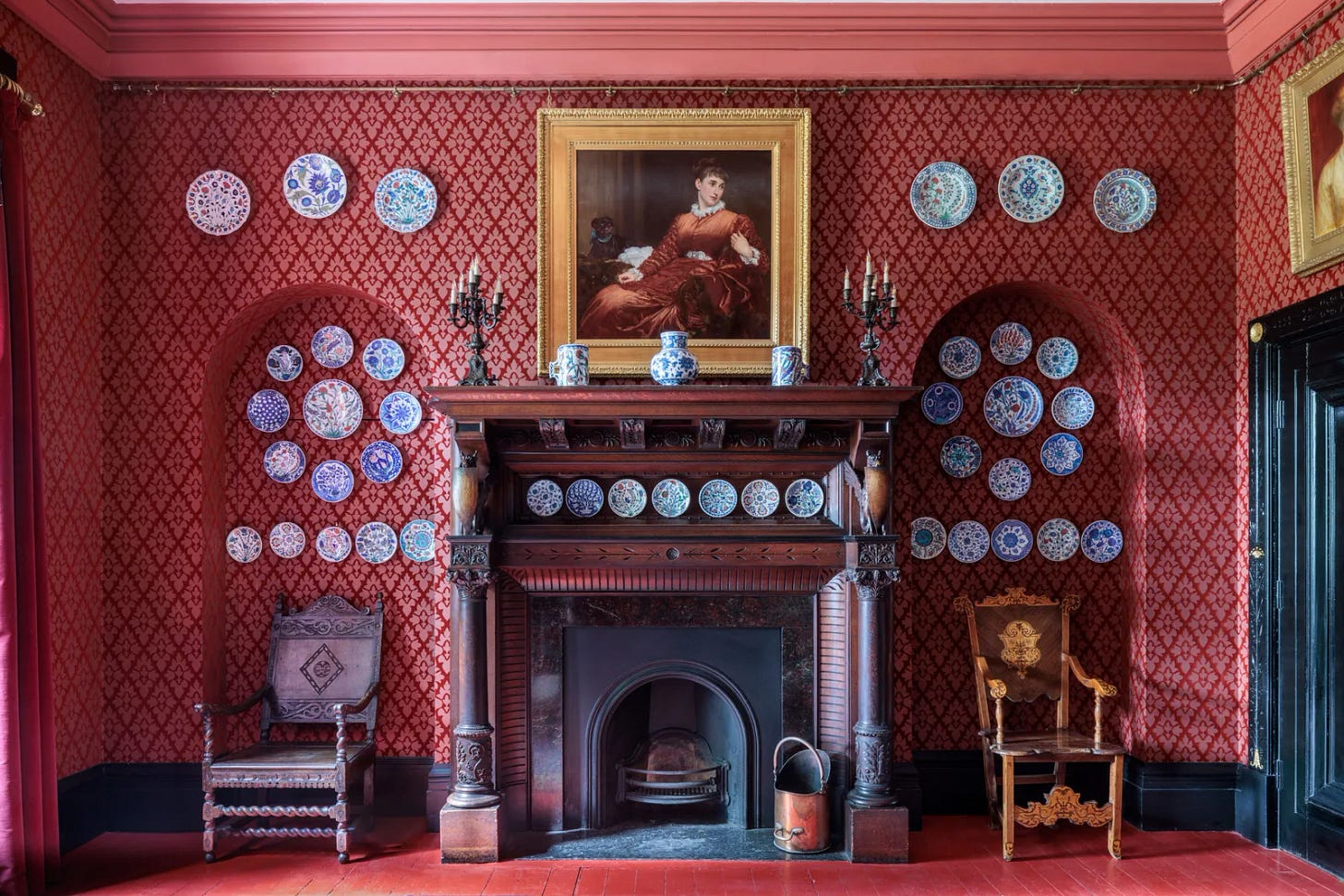

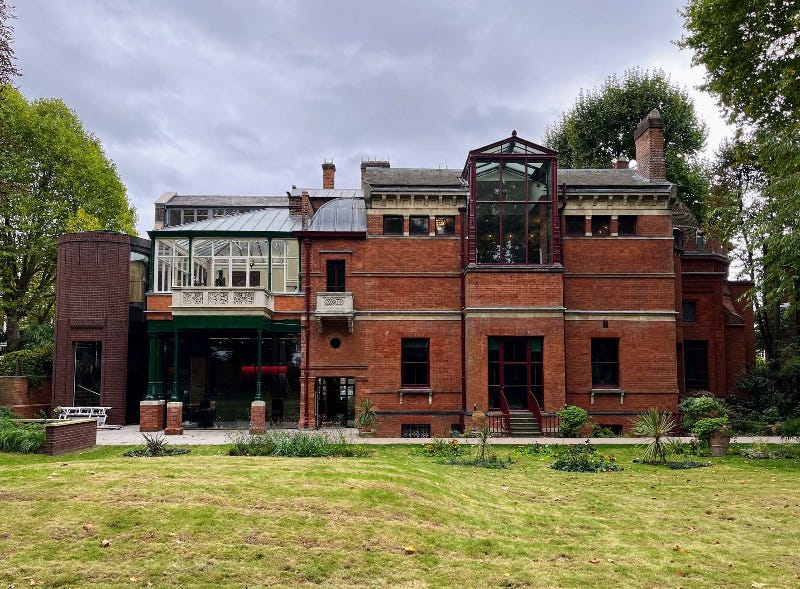
Oh my gosh, what a wonderful place! I just wanna move in and live there!
Thank you so much for sharing this with us, Giselle. What a treasure. 💕
Never knew this existed!